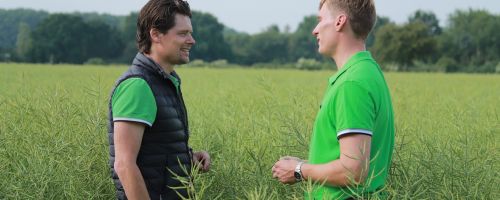-

REGENERATIVE AGRICULTURE
WE FACILITATE THE CHANGE THROUGHOUT THE AGRI-FOOD VALUE CHAIN
To achieve the benefits of regenerative farming, we have to change mindsets from farmer to consumer
We are regenerative consultants with 20 years of experience in the practicalities of regenerative farming. In recent years, we are now working with ag food companies to transition the whole of the value chain.
Our consultancy is based in Denmark through the farmer cooperative Agrovi, with outreach to many European countries and diverse agribusinesses.

Latest news from us
-

No Need for Insecticides: Overlooked Benefits of Regenerative Agriculture
Glyphosate often gets all the attention when we talk about pesticides. It’s the only product most… -

Agroganic Recognized for Driving Green Transition in Agriculture
Agroganic Recognized for Driving Green Transition in Agriculture Danish business newspaper Bør… -

Getting Started with Direct Sowing in Regenerative Agriculture
Direct sowing is one of the fundamental practices in regenerative agriculture, but many farmers r… -

Experiences from the lucerne living mulch system
Is it possible to harvest regular cash crops every year while growing the ultimate nitrogen-fixin… -
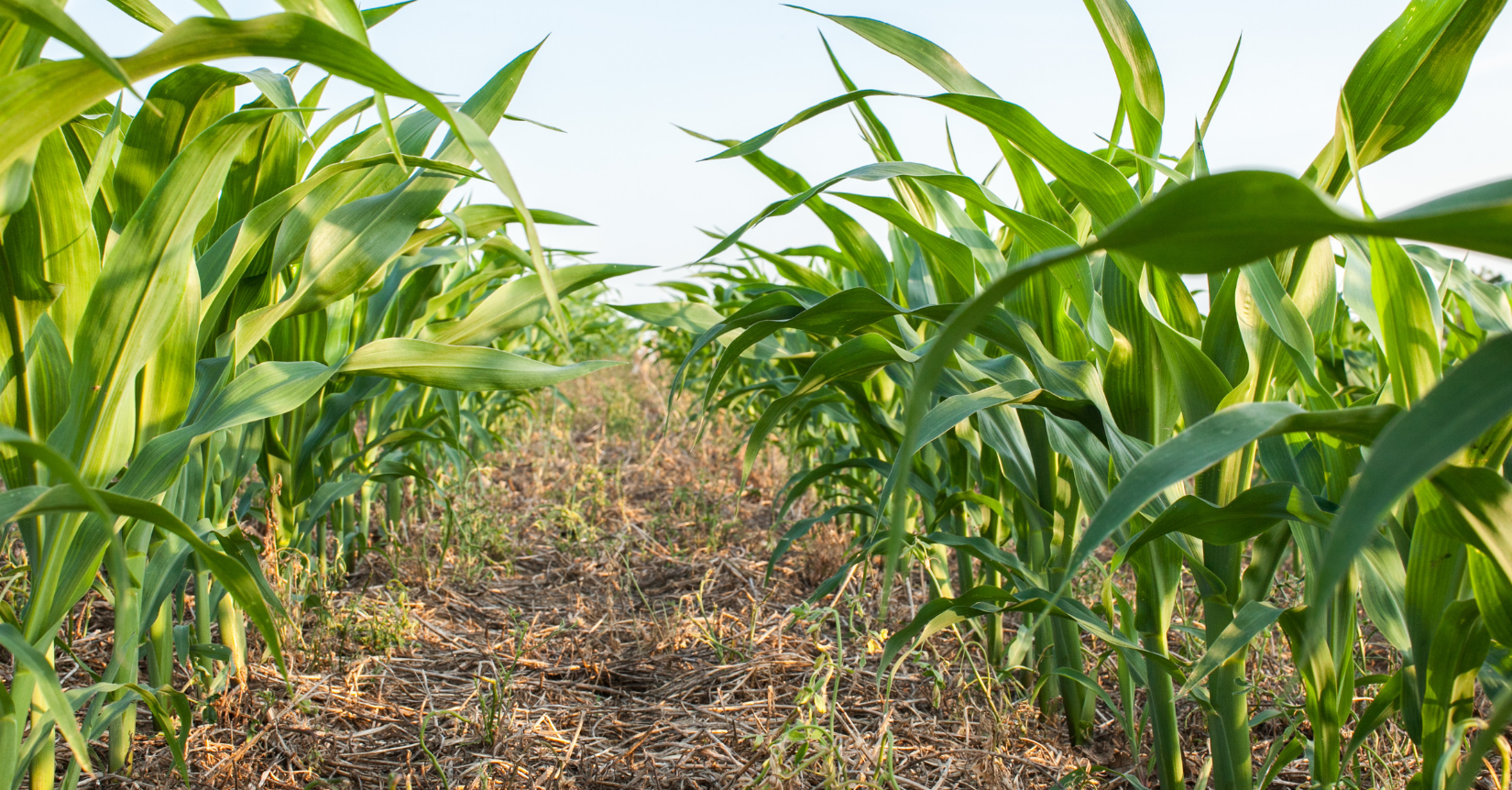
How no till farming improves soil health
Get rid of the plow and save time and money while improving soil health and biodiversity Intensiv… -
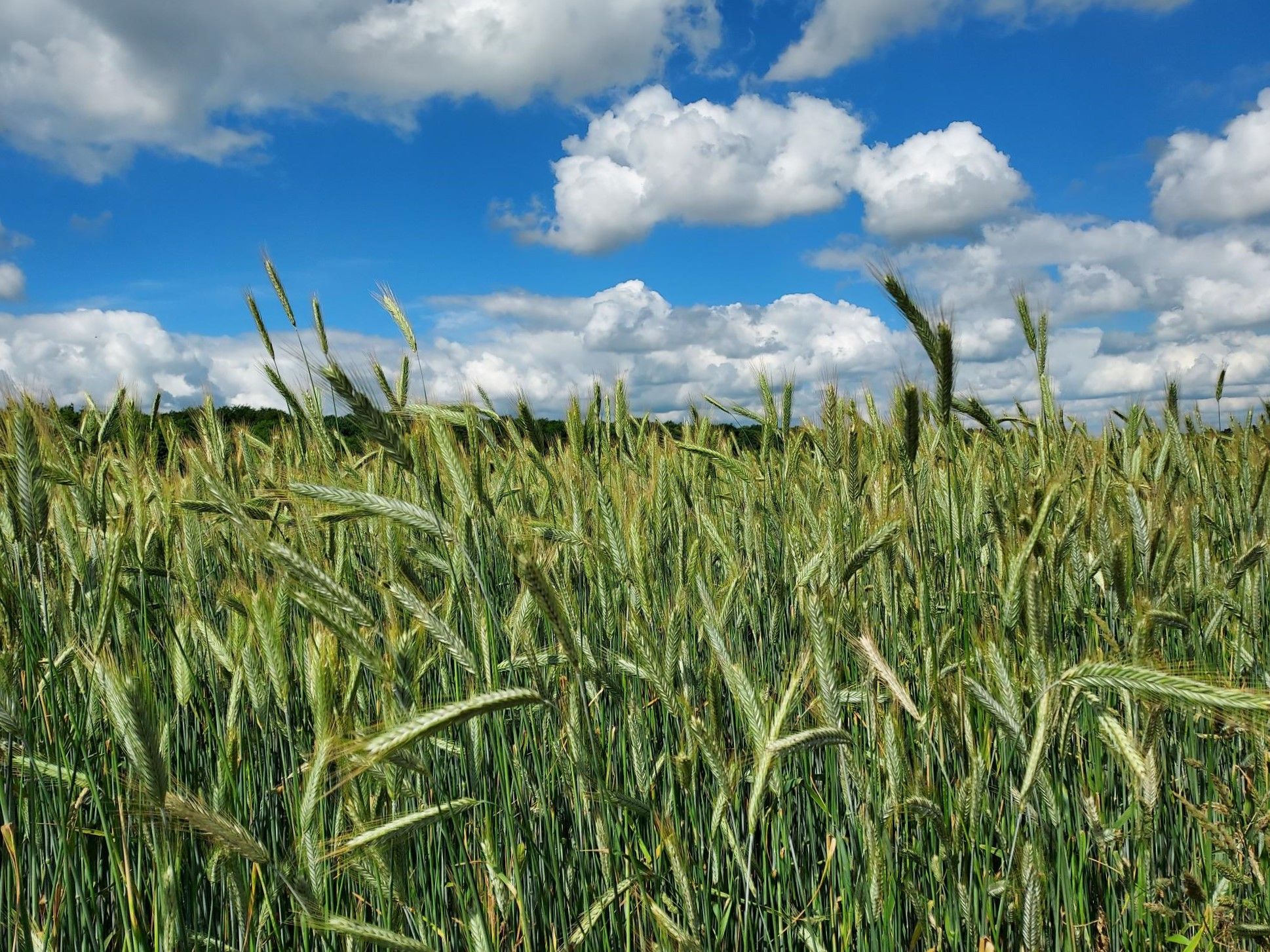
What is regenerative agriculture?
Regenerative agriculture 101 – understand the basics The term regenerative agriculture has become… -

Study tour to the Groundswell Festival in England
Studytour to Groundswell England June 24th to June 28th 2024 Again this year, Agrovi and Dani… -
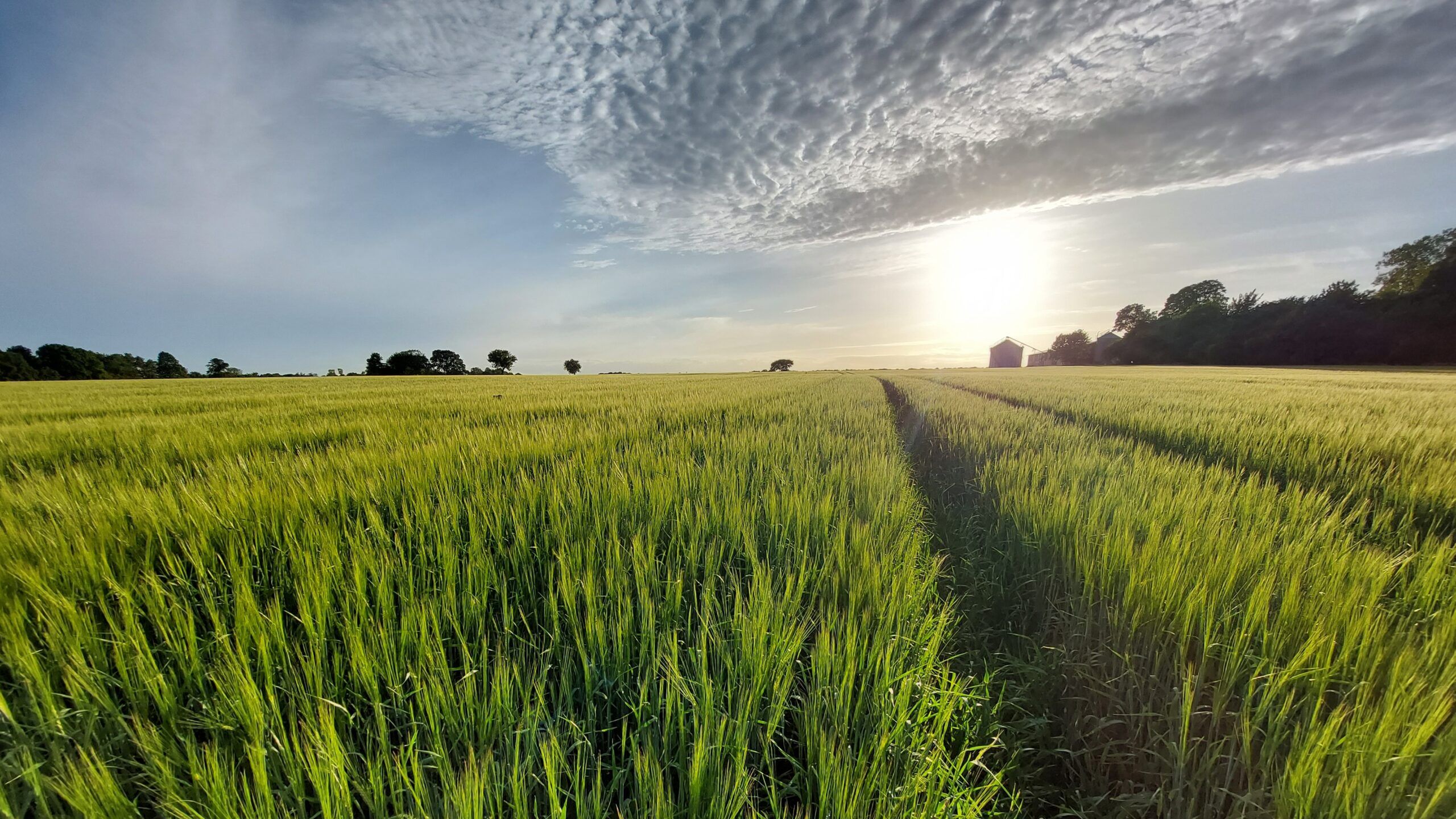
How regenerative agriculture can solve our problems
Transitioning to regenerative agriculture can help mitigate the climate crisis, biodiversity loss… -
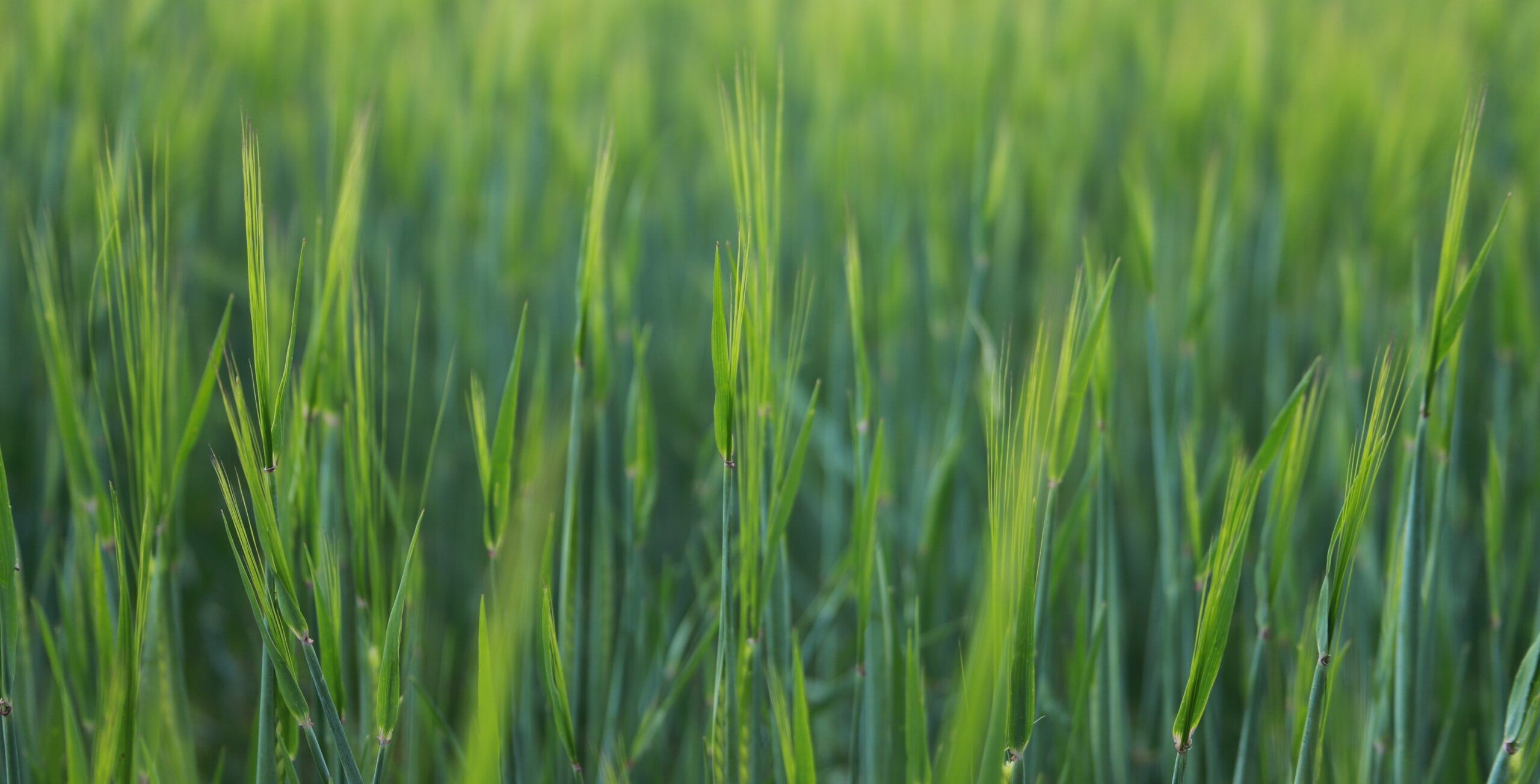
Nutrient Stratification in No-Till Soil. What Can We Do About It?
By Frederik Vilhelm Larsen When you practice long-term direct seeding, phosphorus and potassium c… -

Nutrient stratification in no-till: How to take soil samples
By Frederik Vilhelm Larsen, Crop Consultant, Agroganic Are you taking your soil samples correctly… -
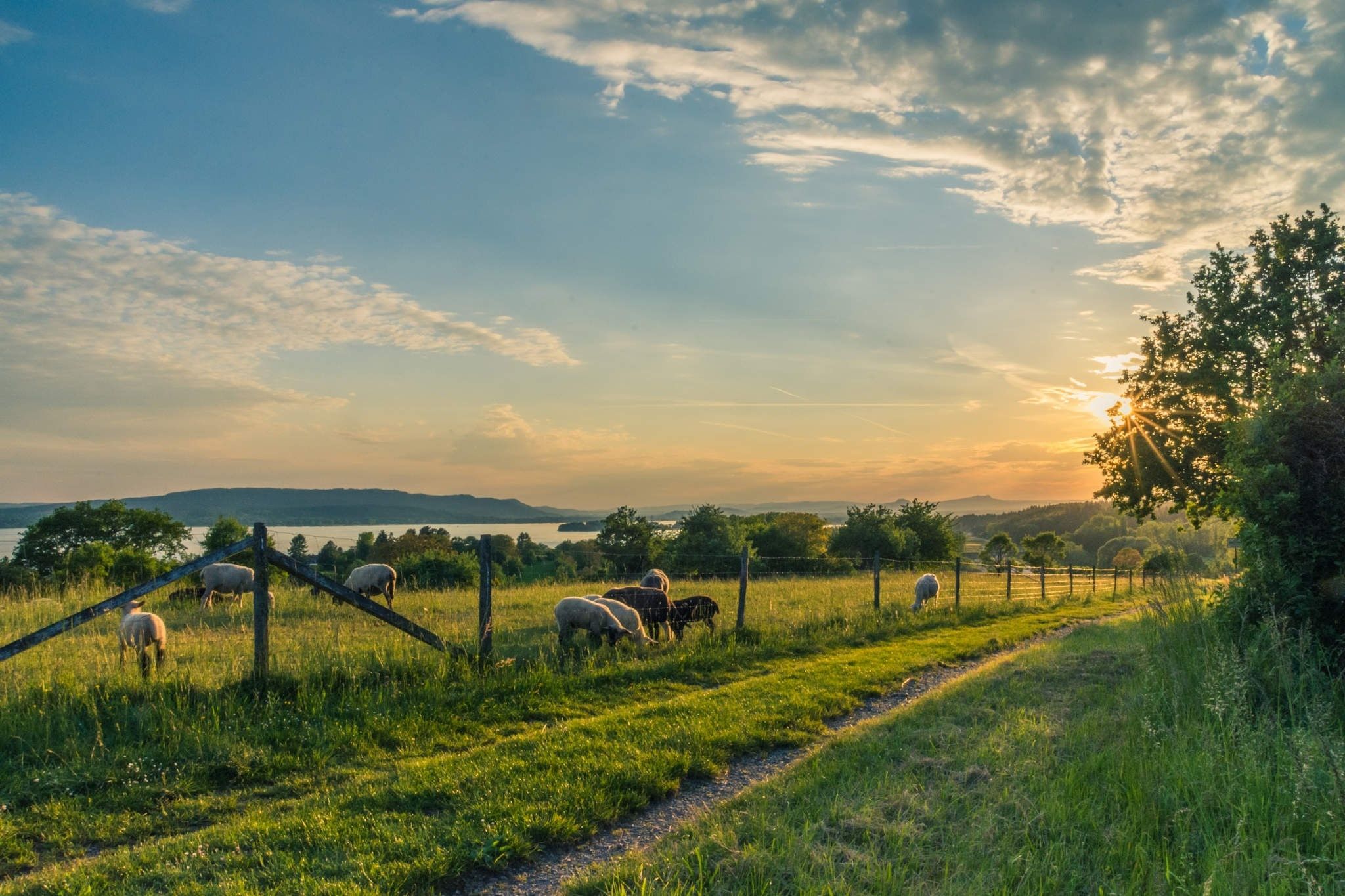
Joining the Green Revolution: Inviting Businesses to Embrace the Regenerative Movement
– How Businesses and Organizations can become regenerative In an era where an increasing number o… -
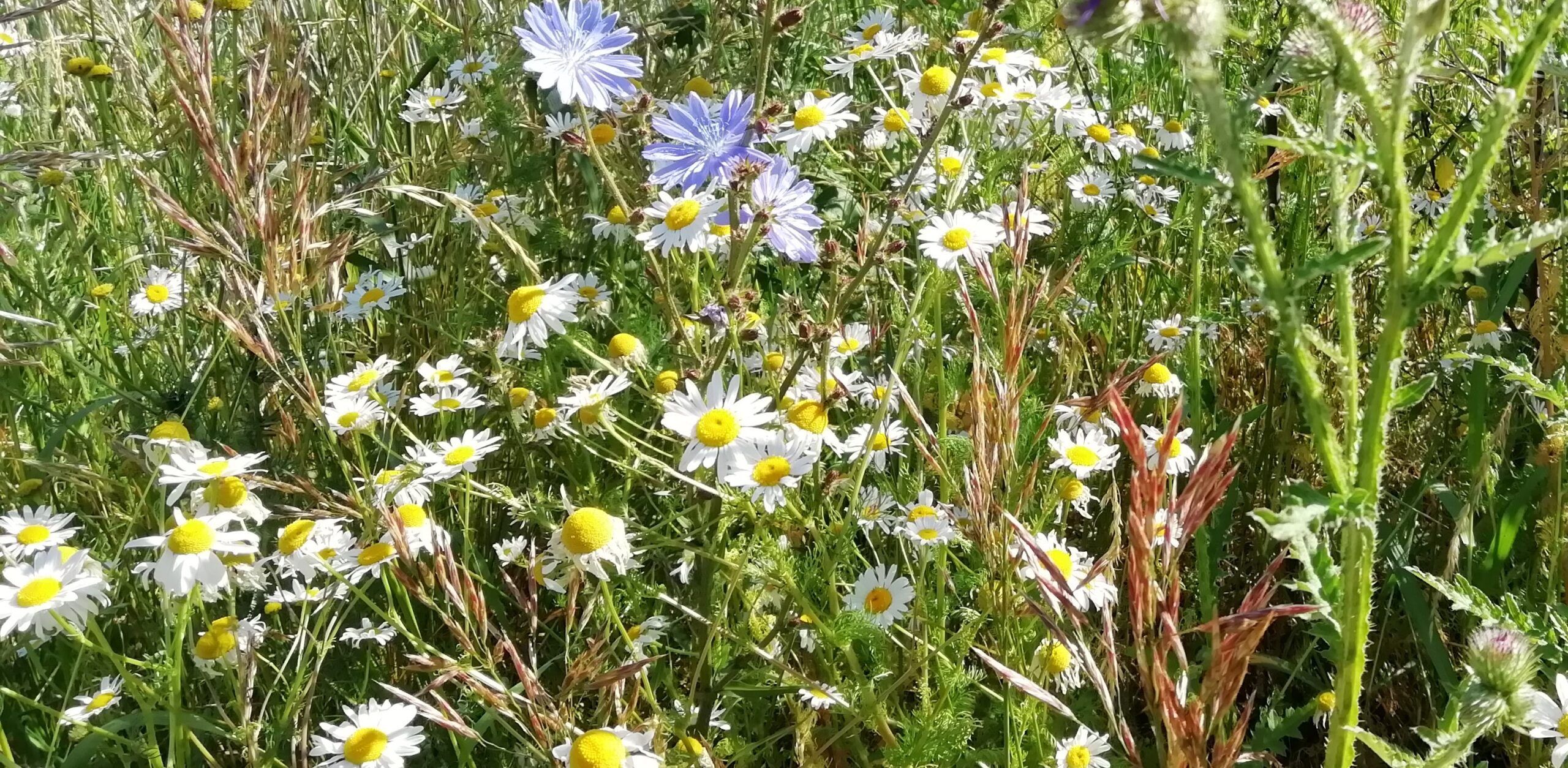
2024 is the year the regenerative movement takes off
“Regenerative agriculture” has been the new buzzword for sustainable cultivation systems througho… -
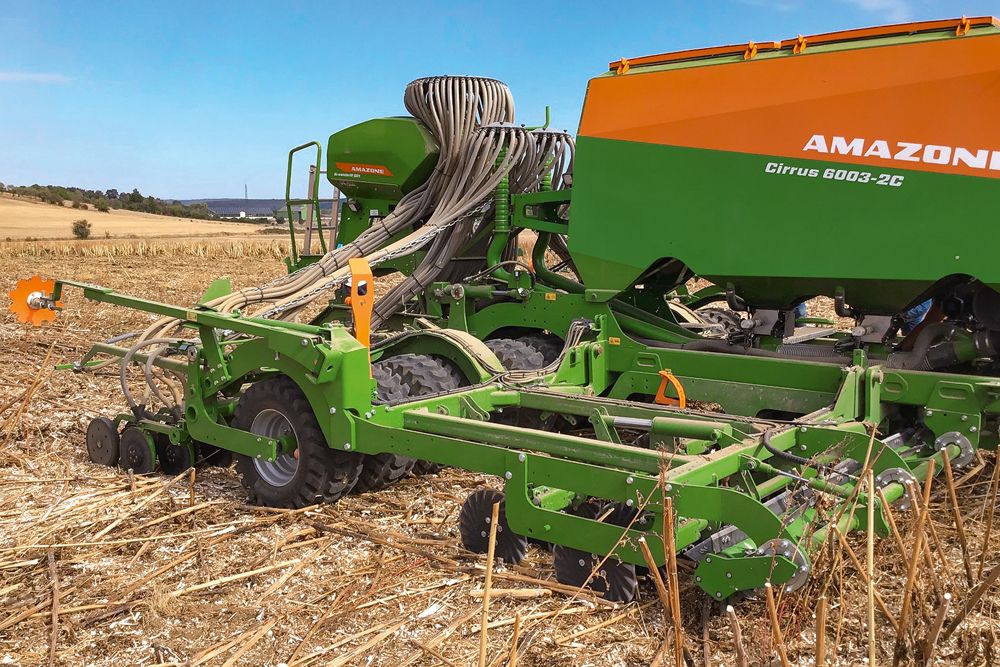
Choosing the Right Seed Drill for No-Till Farming
A Guide to Successful Regenerative Agriculture No-till farming is a key principle in conservation… -

Why Does Regenerative Agriculture Support the Use of Glyphosate?
The EU Commission has renewed the approval of glyphosate (the active ingredient in Roundup) for 1… -
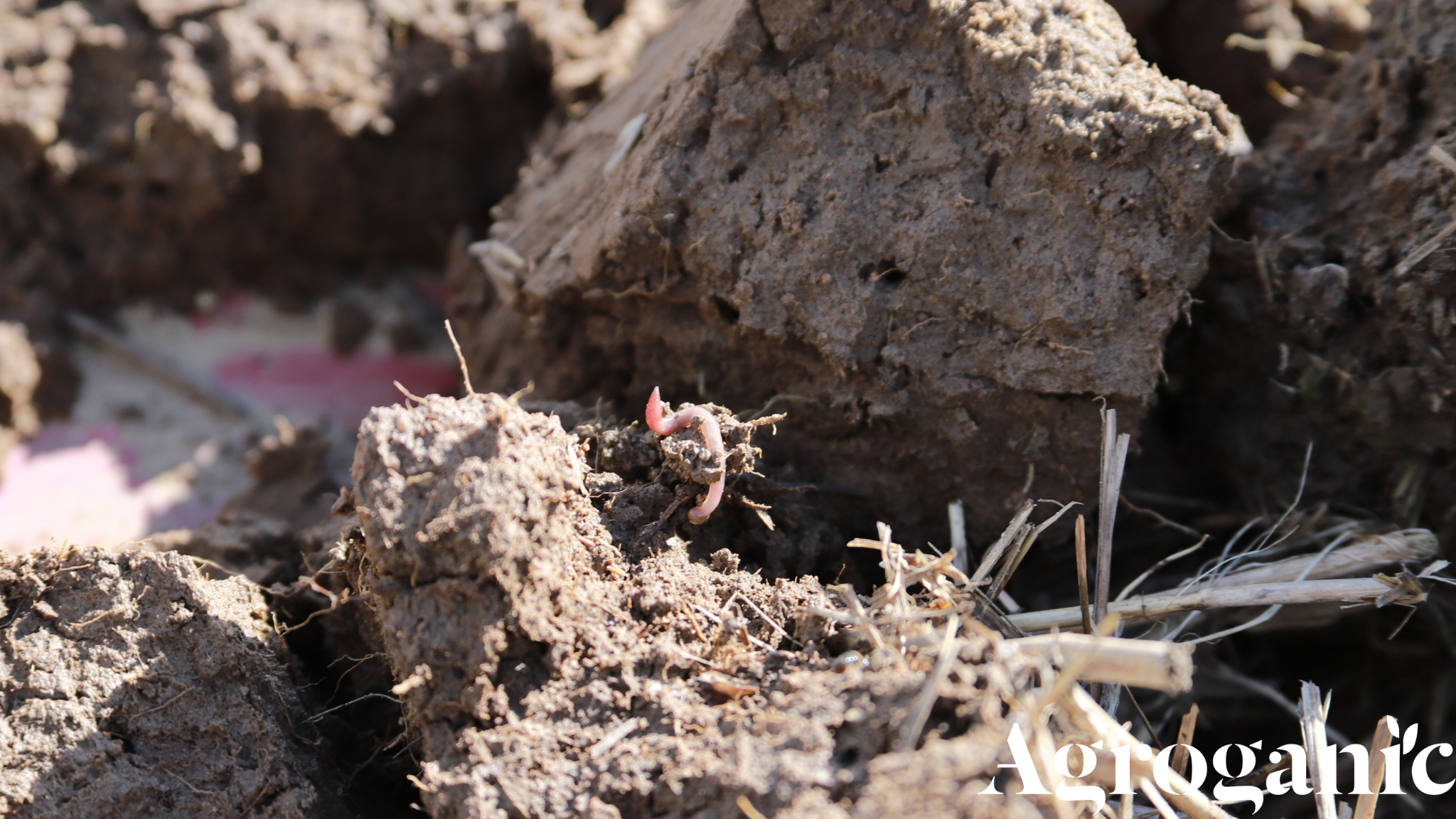
How Soil Fertility Impacts Productivity
Soil fertility is the foundation for a healthy and productive crop. A fertile soil is characteriz… -
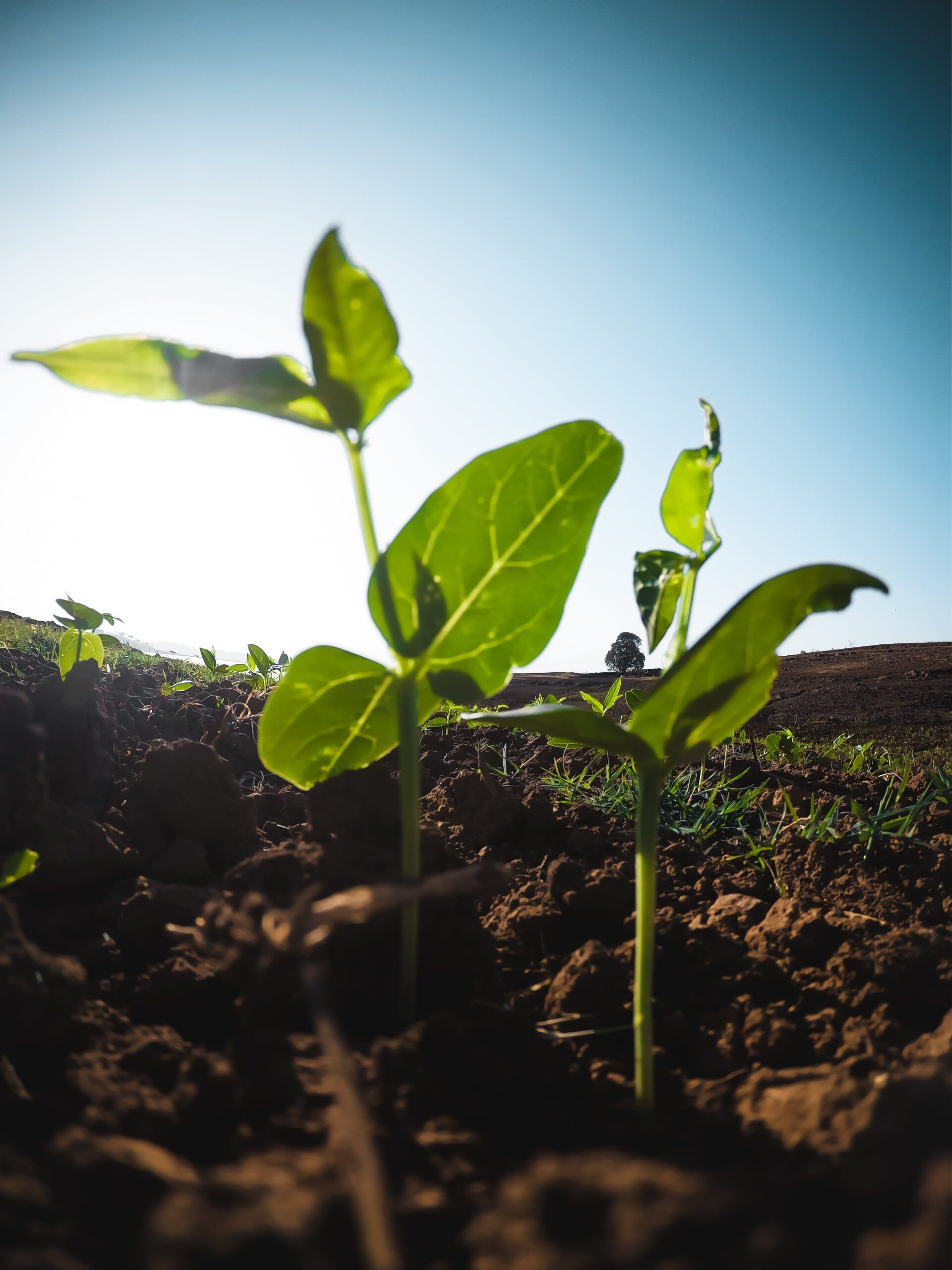
How to store carbon in your soil with the Liquid Carbon Pathway
What is the Liquid Carbon Pathway? The Liquid Carbon Pathway (LCP) is the process where plants tu… -
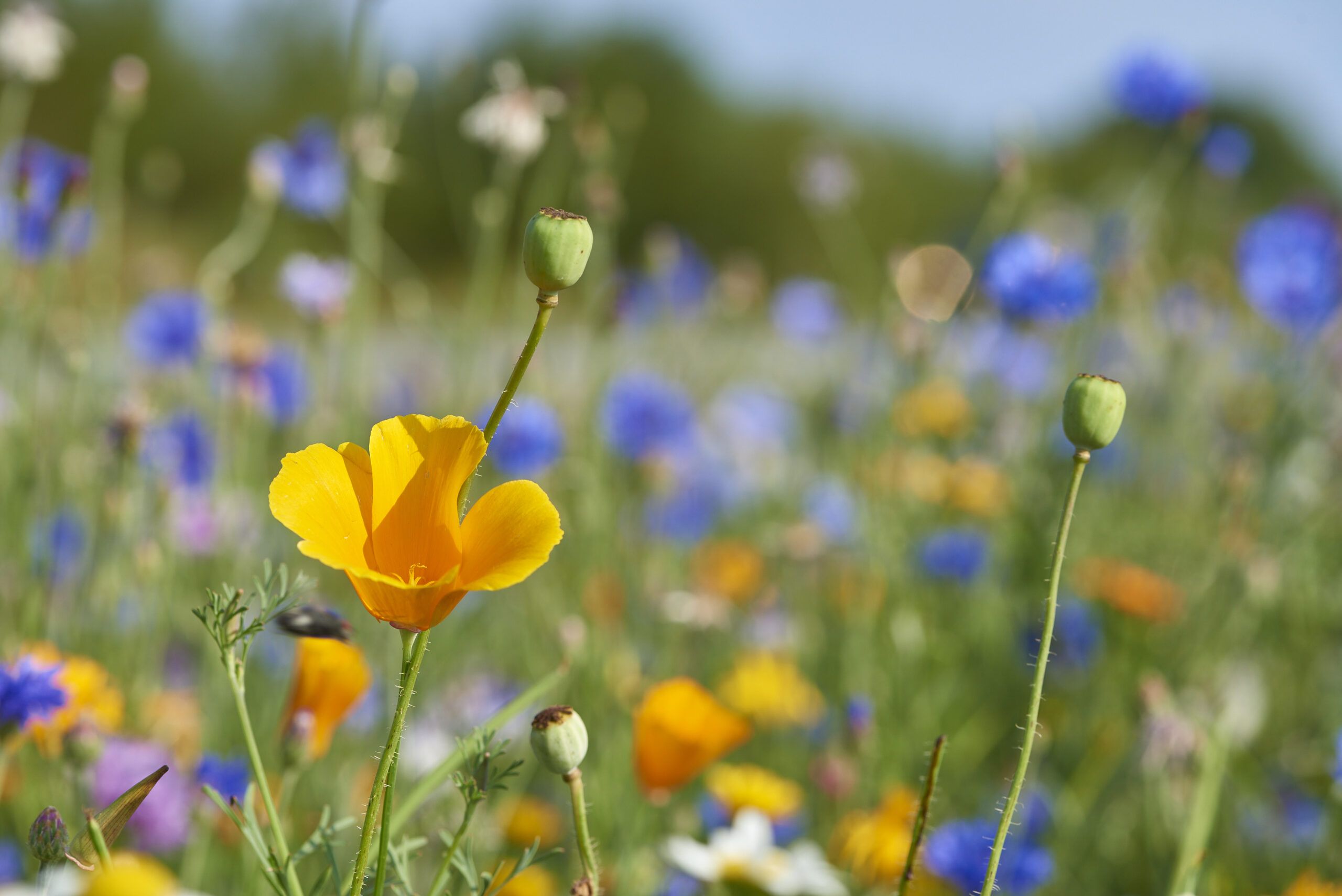
The benefits of lucerne as a perennial living mulch
In regenerative farming, we are constantly on the lookout for new methods that help us take care … -
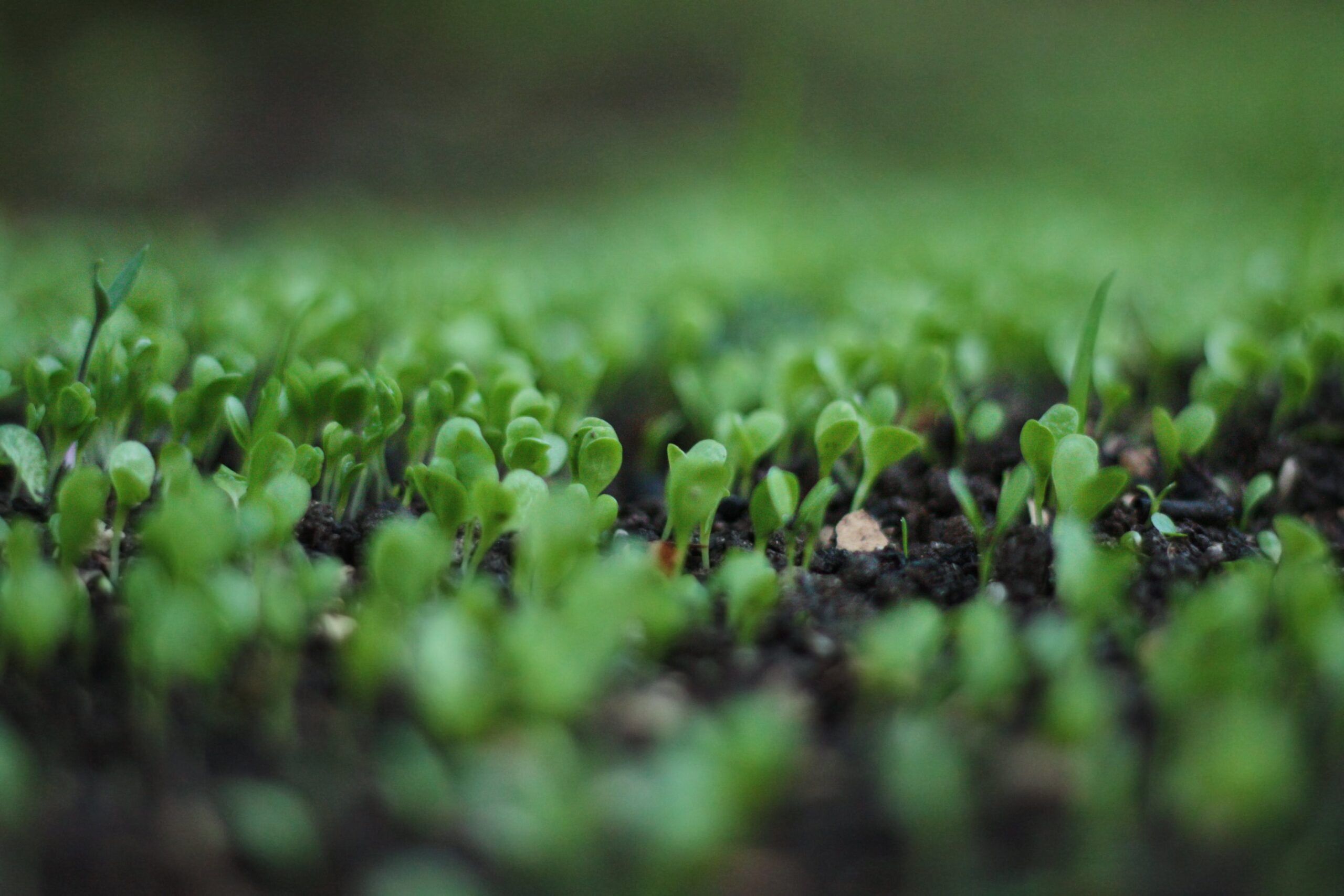
How to plan a successful crop rotation
Growing monoculture year after year increases the risk of persistent weeds, diseases, and pests … -

How to prioritize your sustainability actions
Farmers deliver food, feed, and fuel to the world, and while these services are essential, it is … -

Farming in the Baltics
Running an agriculture business in the Baltics is not for the faint of heart. The enormous size o… -
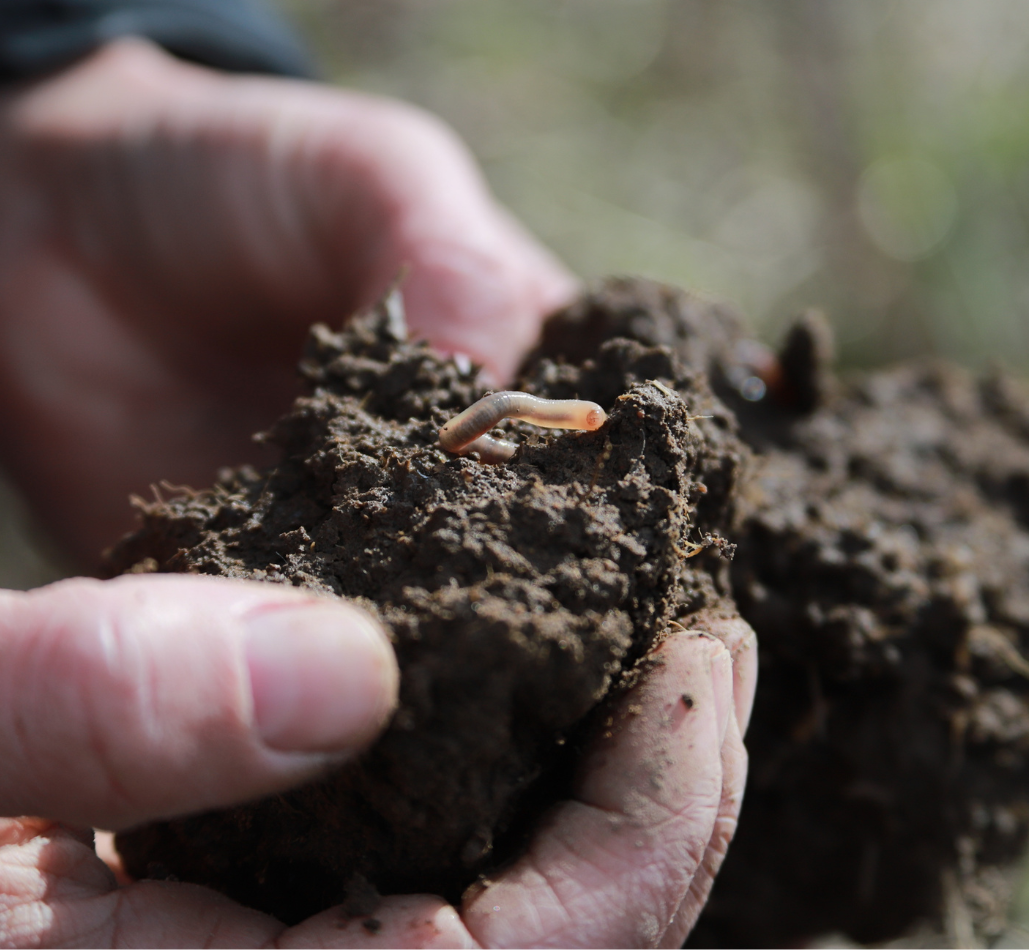
Improve soil microbial life to improve your soil
Soil microbes drive a myriad of beneficial processes that are essential for a healthy soil. Incre… -

Companion crops can help reduce your input
Companion crops are a secondary crop grown with the cash crop and are an important part of regene… -
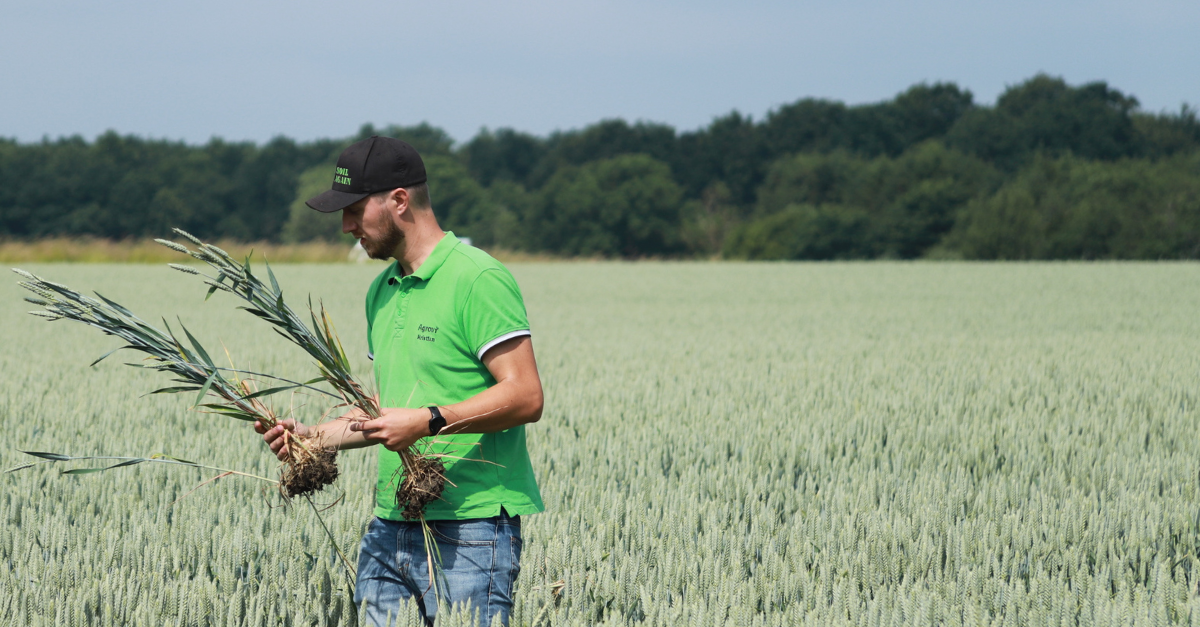
Regenerative is where realistic and ambitious meet
The path to regenerative farming is a journey, not an overnight change, but it pays off in the en… -
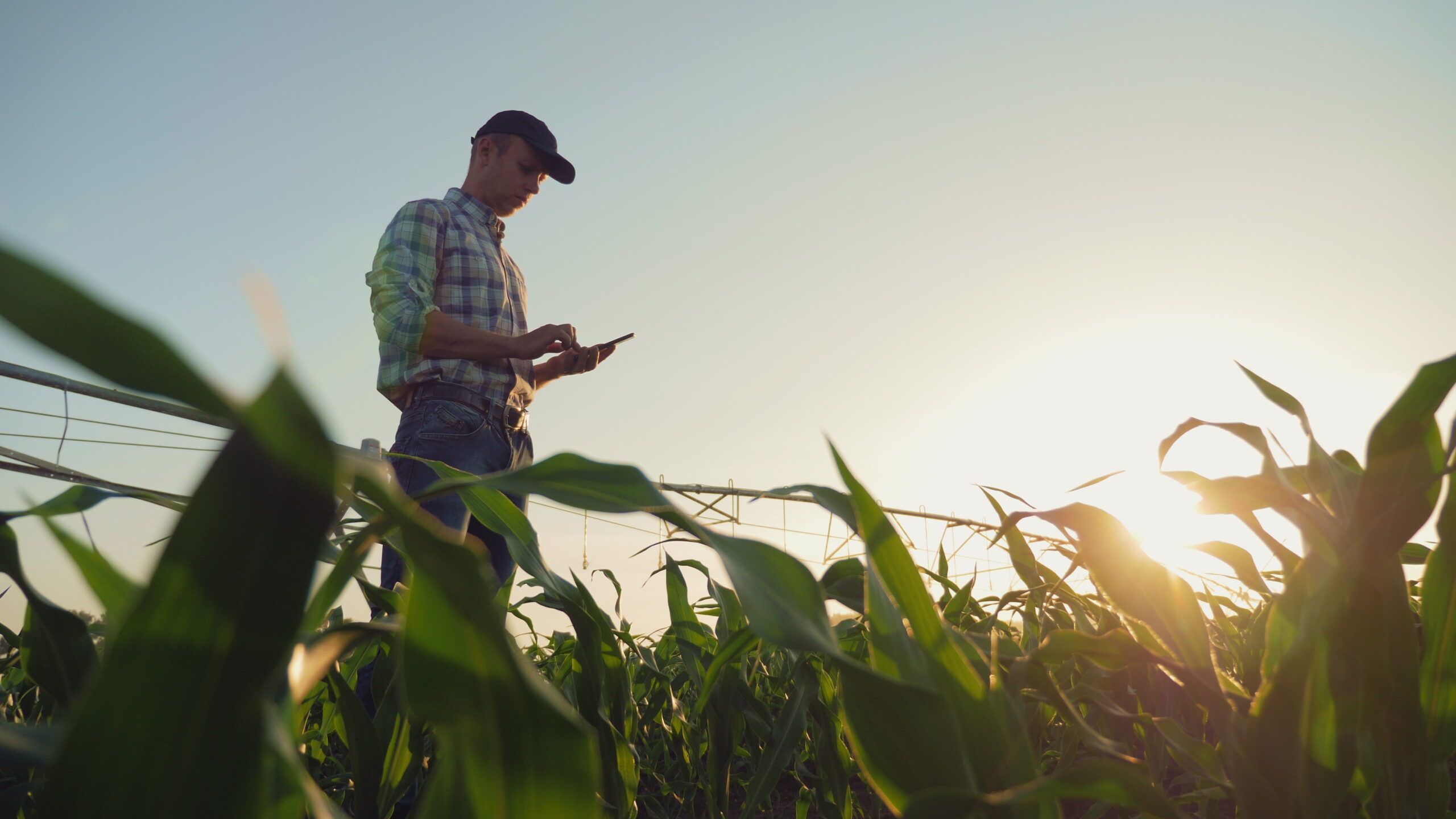
Reasons to document your sustainable development
Your first question might be: what exactly is an ESG report? ESG stands for Environment (E), Soci… -
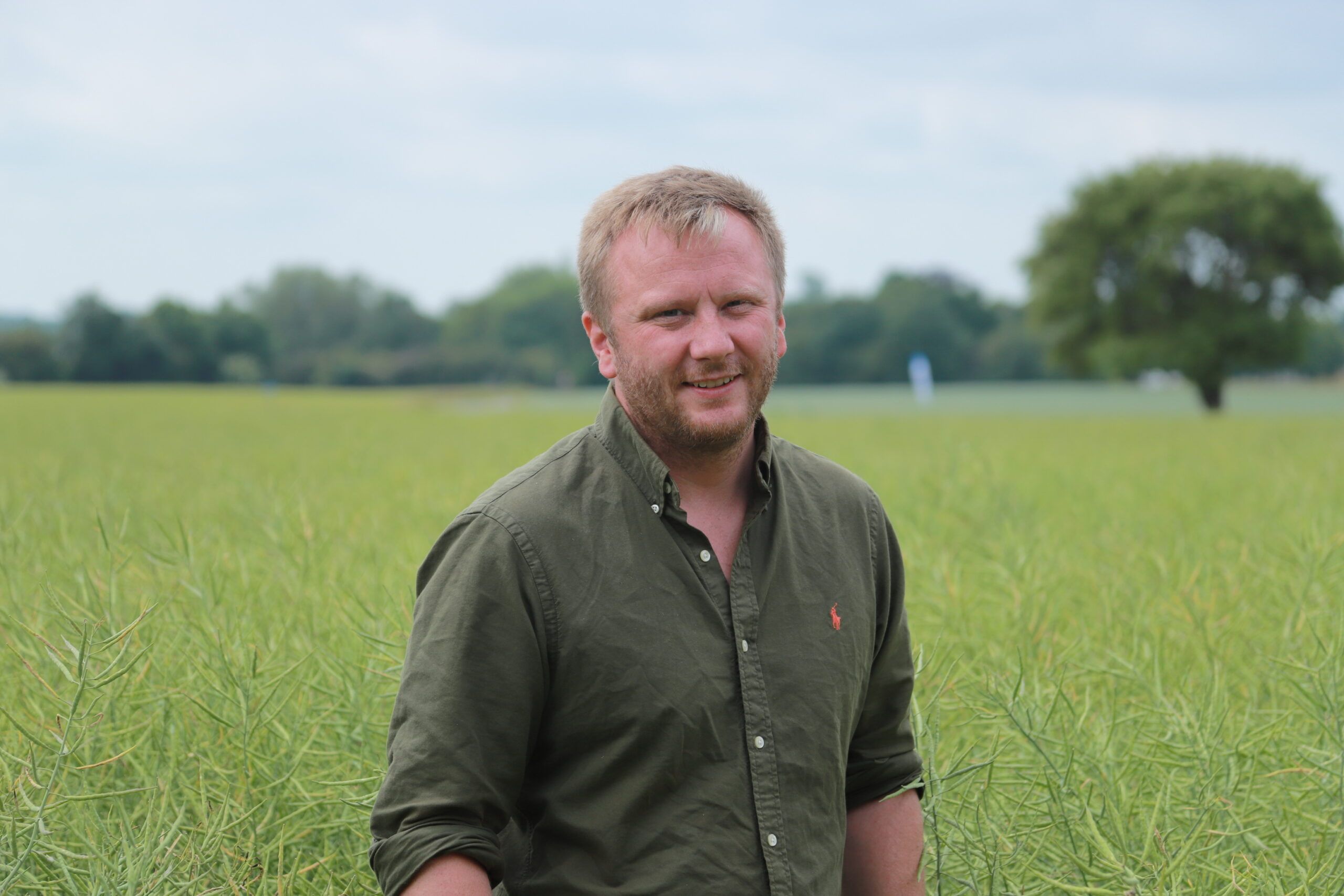
Meet our new consultant Jeppe Grabow!
At Agroganic, we are lucky to have Jeppe Grabow as the newest addition to our consultant team. Je… -
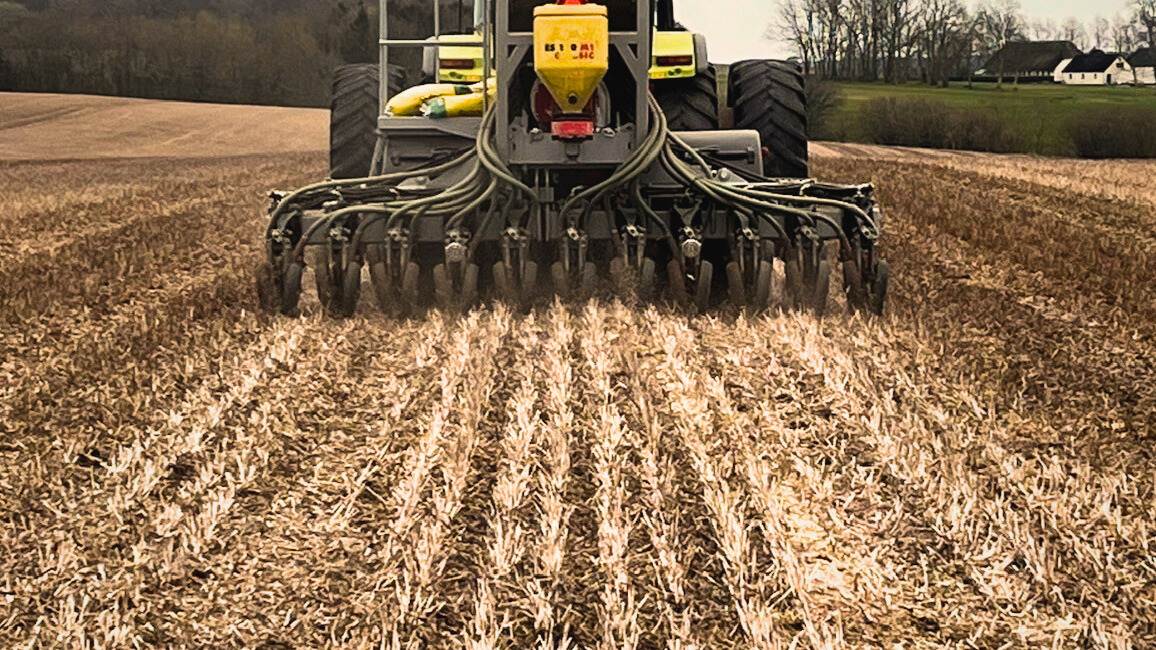
The principles of direct drilling
Direct drilling is a convenient way to establish your crop. It can save time and costs, and it’s … -

Get started with precision farming
Precision farming is a great tool towards a more sustainable way of farming. The available techno… -
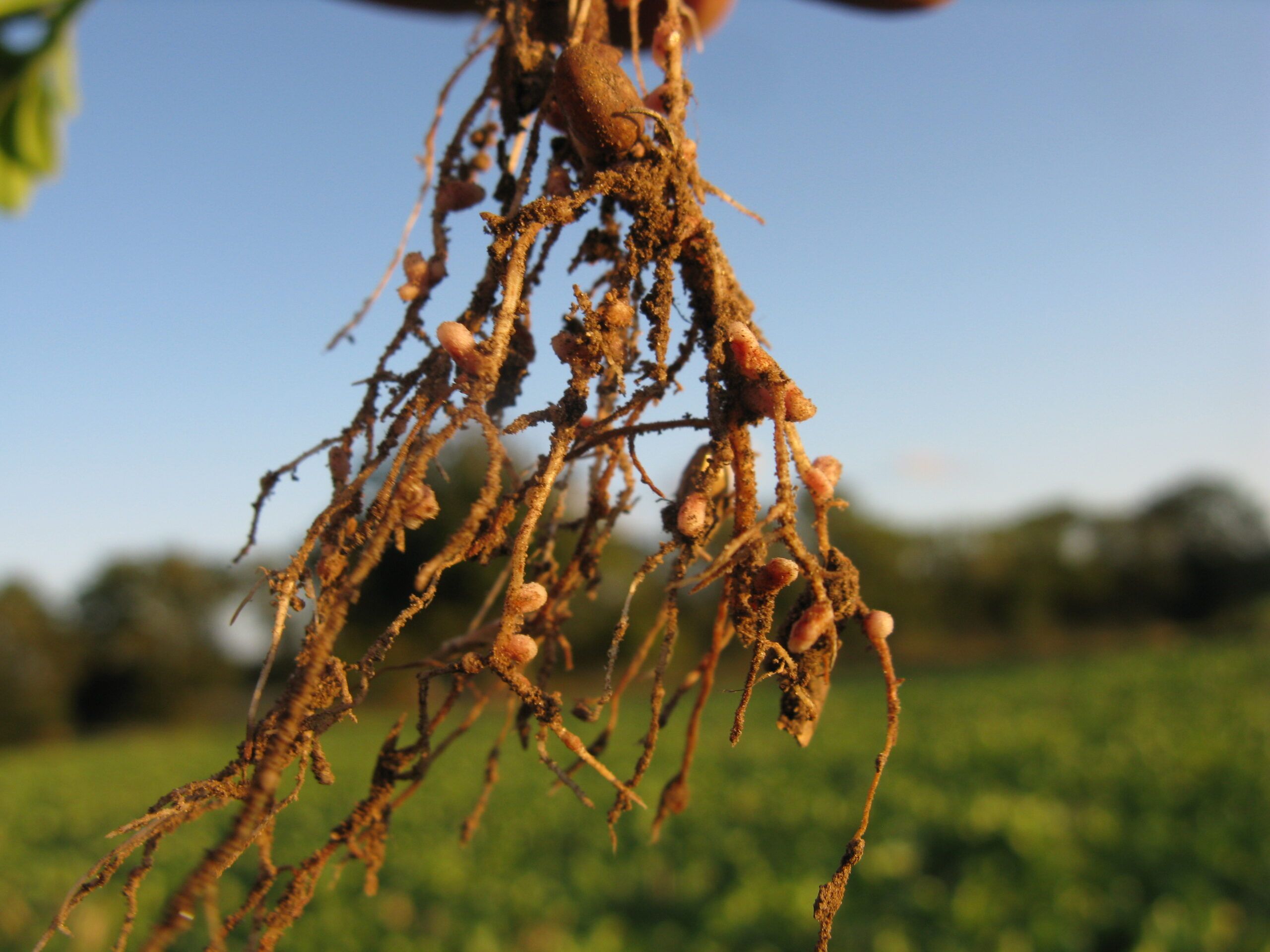
The Path to Regenerative Agriculture
Regenerative agriculture isn’t achieved overnight but there are many steps you can take to get yo… -
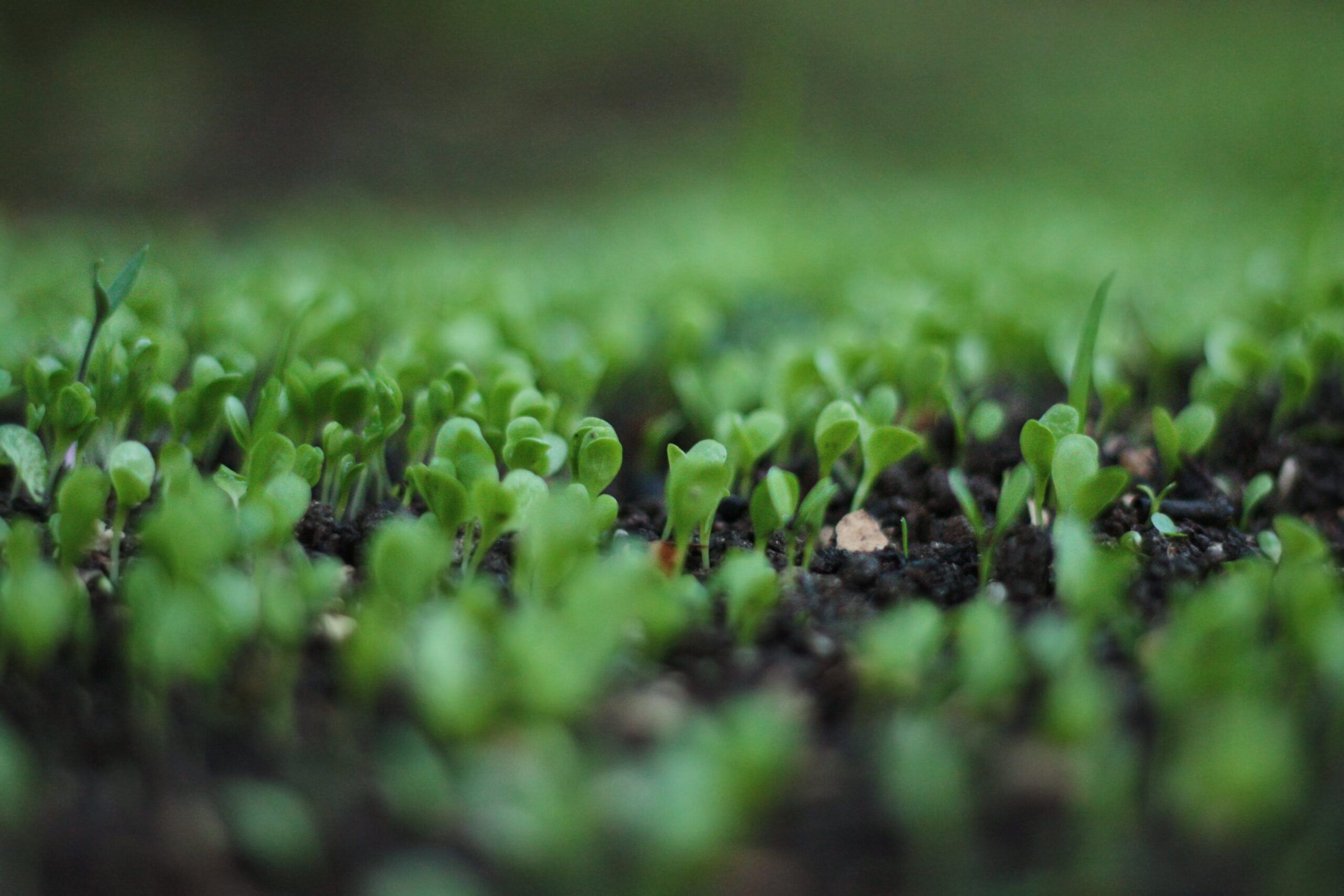
BIOSTIMULANTS AND REGENERATIVE AGRICULTURE?
Agroganic is determined to be a leading player in regenerative agriculture: The topic of this yea…
Frequently asked questions
Regenerative agriculture is a farming system that focuses on improving soil health and decreasing adverse effects caused by agricultural practices. There still isn’t one single definition of what regenerative farming entails, but the system usually includes practices such as minimal soil disturbance, diverse crop rotations, green fields year round, and minimizing synthetic inputs. Read more about how Agroganic works with regenerative farming principles HERE.
The goal of regenerative farming is to improve soil health and minimize adverse effects from traditional farming practices. This leads to many environmental benefits such as increased CO2 storage and better conditions for biodiversity above and below ground.
There is no single definition of regenerative agriculture but the system usually includes practices such as minimal soil disturbance, diverse crop rotations, green fields year round, and minimization of synthetic inputs. It may also include livestock integration, agroforestry, precision farming, companion crops and more. Read more about what definition Agroganic works with HERE.
No, plowing cannot be considered a regenerative practice. Regenerative farming aims to improve soil health by letting natural processes take over and the key to making this happen is minimizing soil disturbance. Plowing destroys soil structure, releases CO2 from the ground, and decreases soil biodiversity. If plowing is conducted at any point after converting to regenerative agriculture, the system is reset, and many of the benefits, such as the soil structure and the CO2 stored in the ground, are lost. Read more about direct drilling HERE.
While some small scale farms are able to farm without pesticides, most large scale regenerative farmers rely on some form of chemical input to maintain yields. At Agroganic, we believe that the detrimental effects of insecticides on biodiversity outweigh the benefits and thus discourage any use of these. We recognize however, that some amount of fungicides and herbicides are necessary, especially in the transitional phase while the natural processes become strong enough to take over. Read more on why roundup is used in regenerative agriculture HERE.
You can become a regenerative farmer whether you started as a conventional or organic farmer. Usually, large scale regenerative fields are not organic because of the use of some amount of synthetic input. Organic farmers are usually not regenerative because they rely on soil disturbance to combat weeds.
